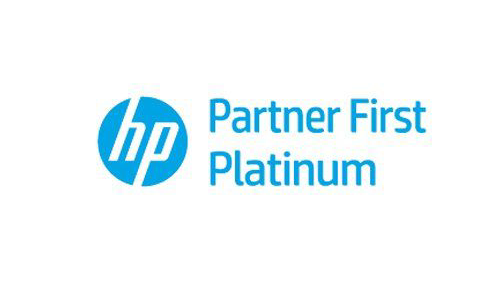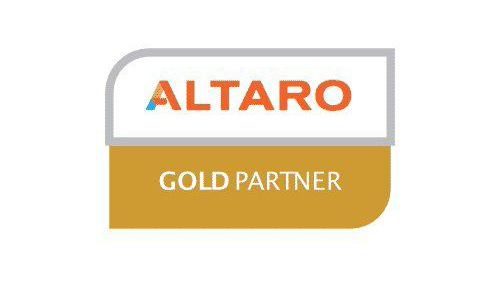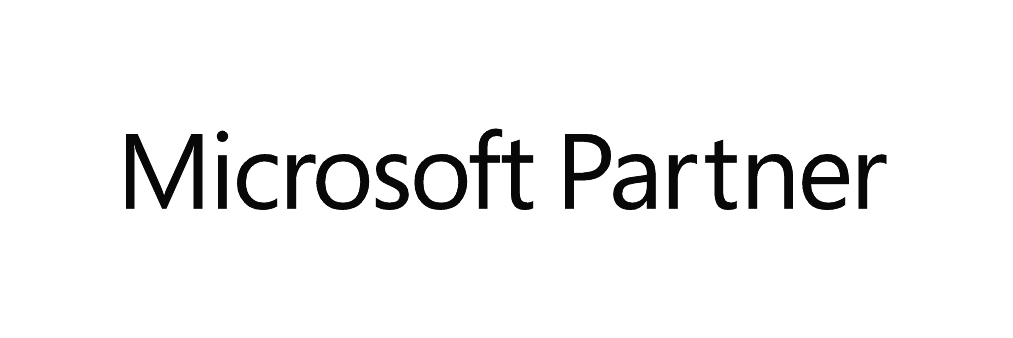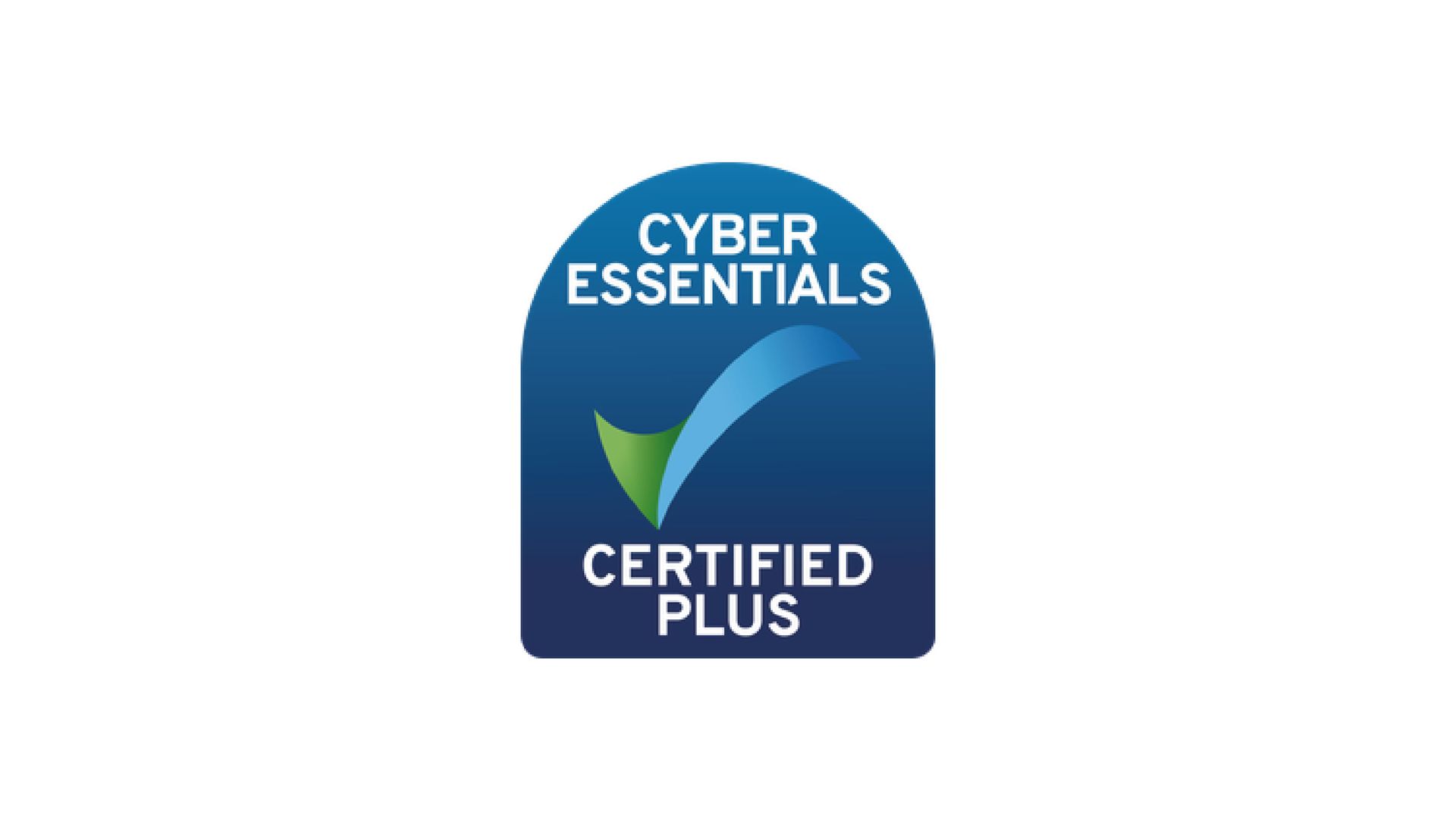PREPARING FOR MICROSOFT SERVER 2012 END OF SUPPORT
Microsoft Server 2012 and 2012 R2 Operating Systems will be unsupported from October 10th 2023. What does this mean for your business?
The first thing to be aware of is that using any operating system after its 'end of life' makes your business more vulnerable to cyber attacks and data breaches. This is because Microsoft no longer provide security patches for newly discovered vulnerabilities in the software.
It also means that if you need to maintain compliance with certifications such as Cyber Essentials, PCI, ISO27001 etc., you automatically become non-compliant if you have unsupported operating systems in your environment.
What are your options?
The obvious answer is to upgrade to a later operating system such as Server 2022, however the chances are, if you’re using Server 2012, then you have been doing so for the best part of a decade and there may now be other options.
Historically, many smaller businesses often needed a server for simple things such as file sharing, but this can now be handled in the cloud without the need for an on-premise server. In many cases, file storage is already built into Microsoft 365 subscriptions which you may already be paying for.
Likewise, much of the software that businesses use have now been moved to the cloud, such as Accounts or CRM packages, so it’s worth evaluating whether or not you need to upgrade your server or whether those functions and applications that are currently running on a server can be handled differently.
Planning for an Upgrade or Migration
Ideally you should consider not just the cost of upgrading, but also look at the benefits of new capabilities, features, and solutions that you gain from a more modern approach.
Taking on any upgrade or migration requires the right balance of time and people with the skills to achieve such an undertaking. You are often dealing with not just a single system, but a number of interconnected systems that must be considered.
At Integrity IT, we take the time to create a strategic plan for both the short and long-term. With a plan, you can see where you need to migrate, upgrade, and optimise – and how each affects everything else in your environment.
Contact us today to discuss your options.













